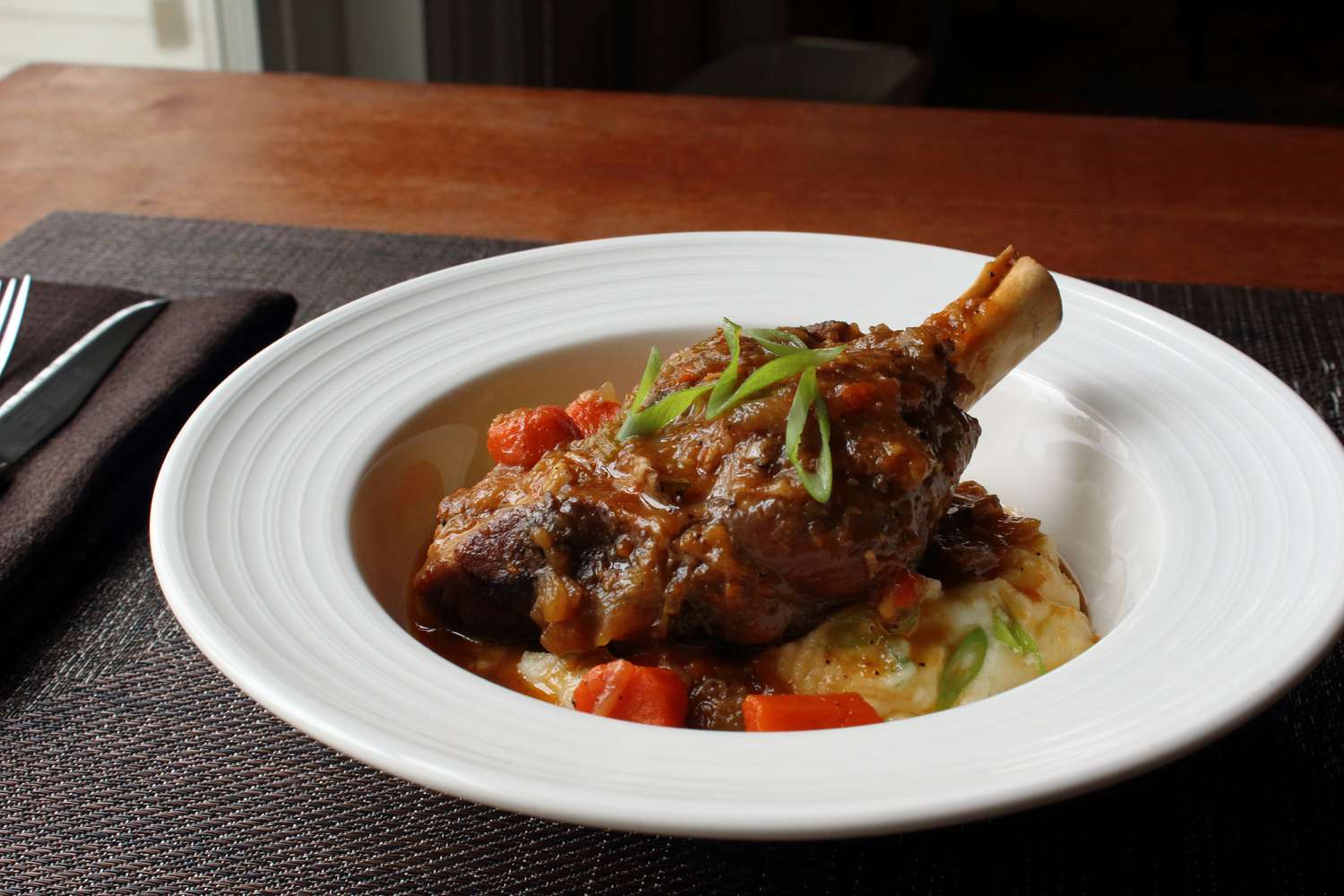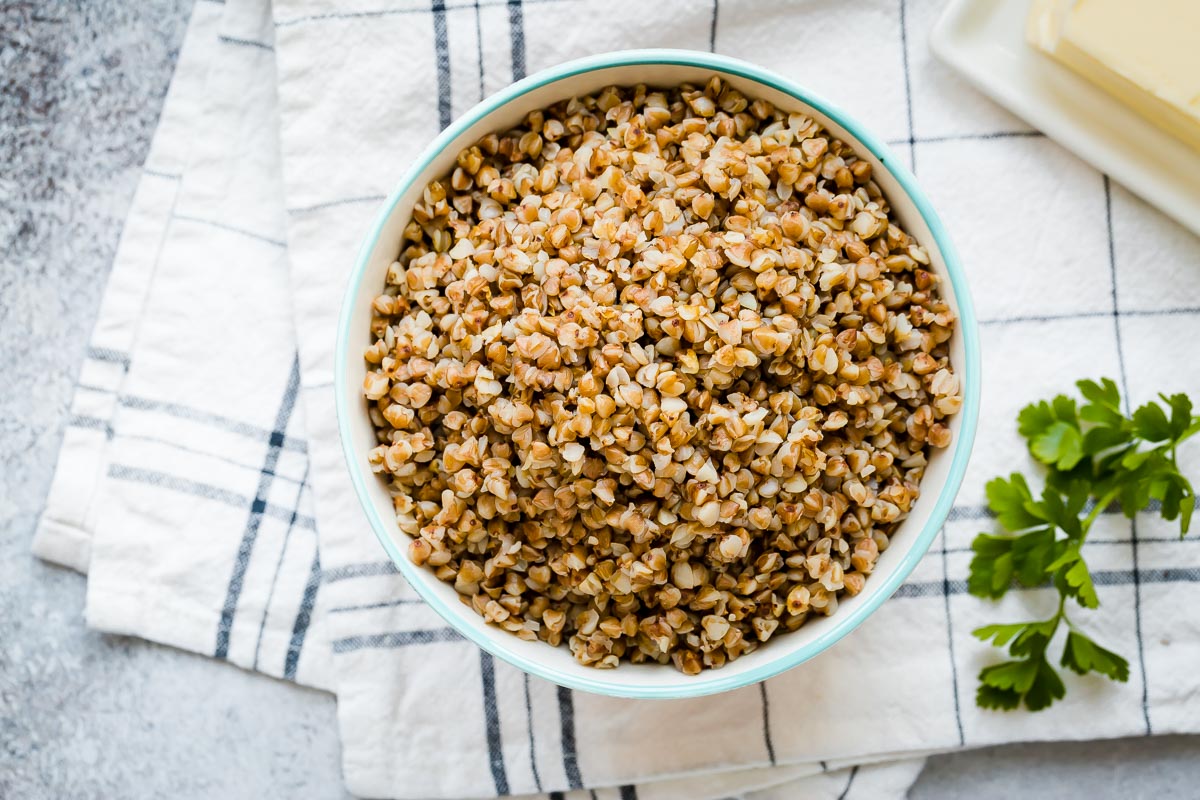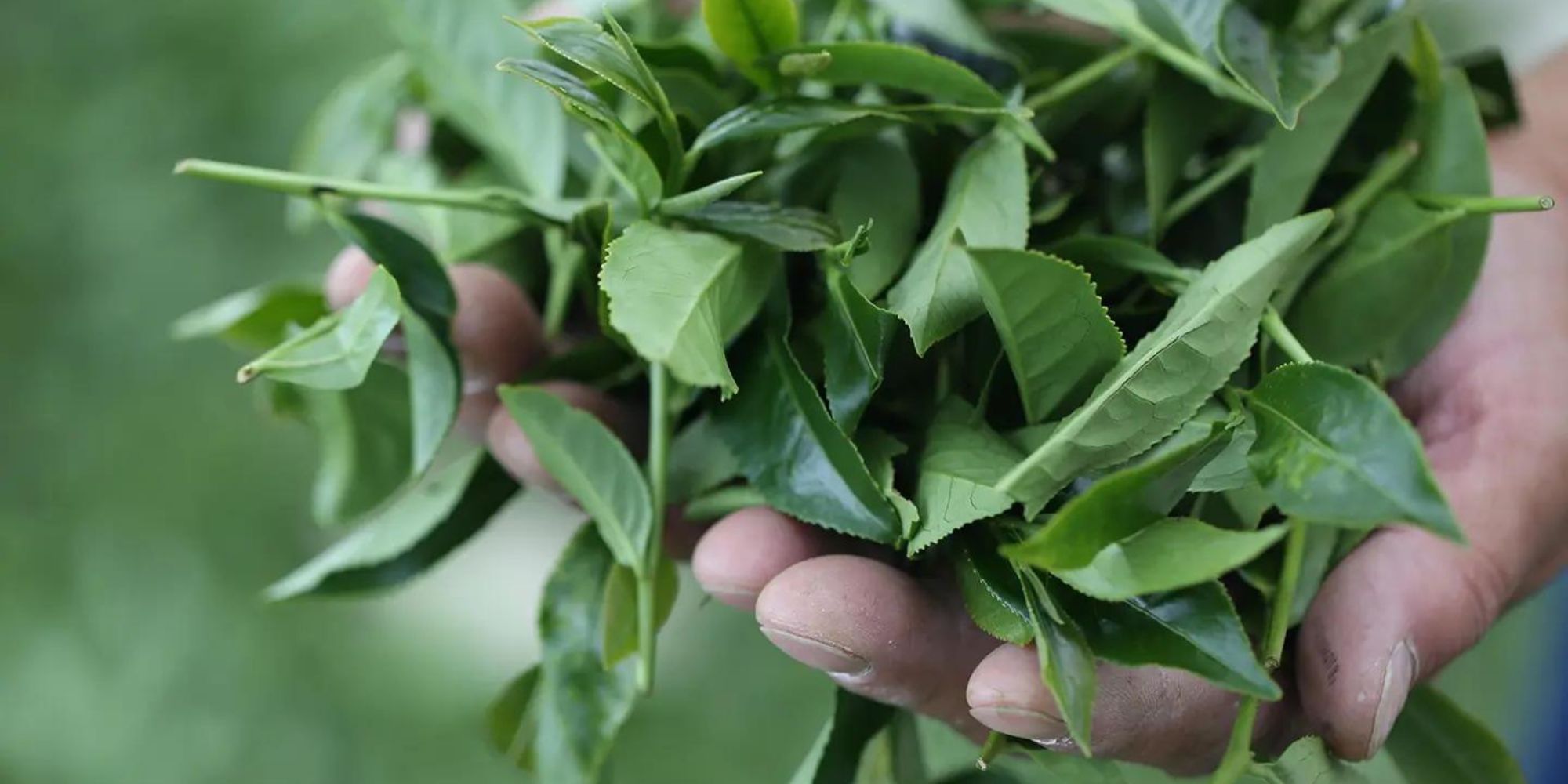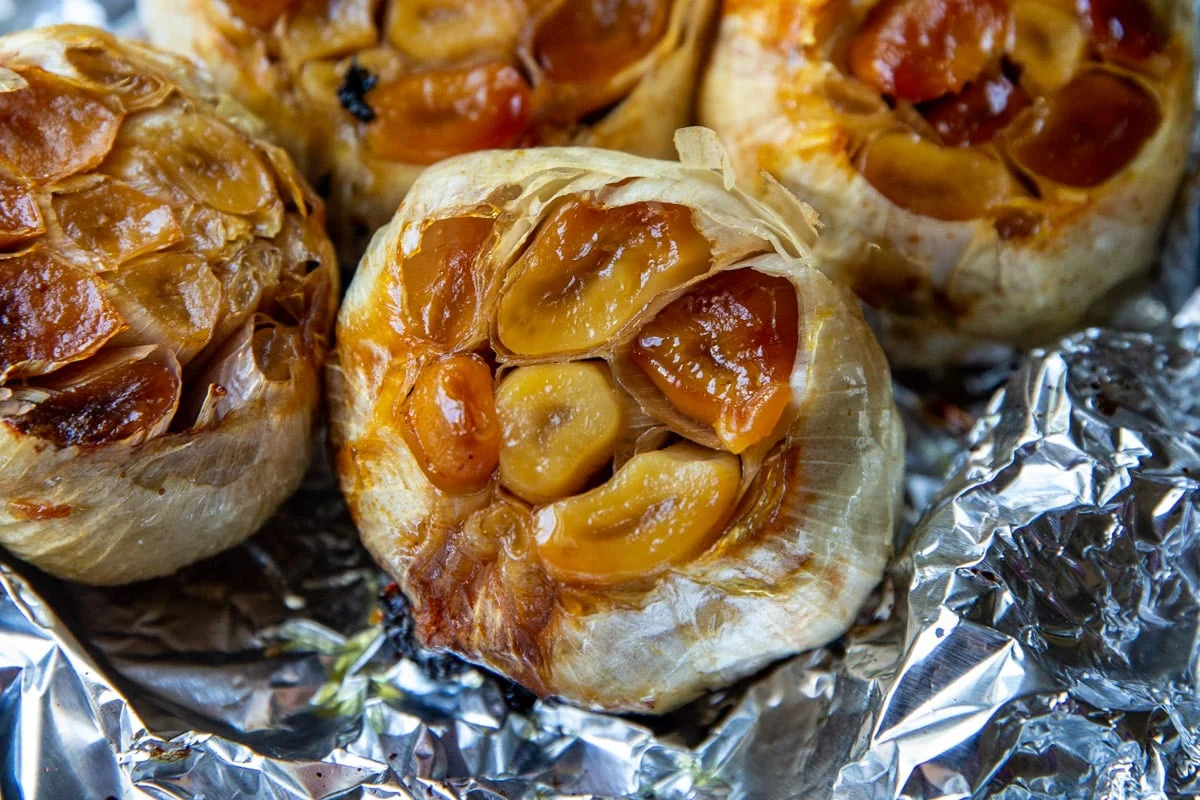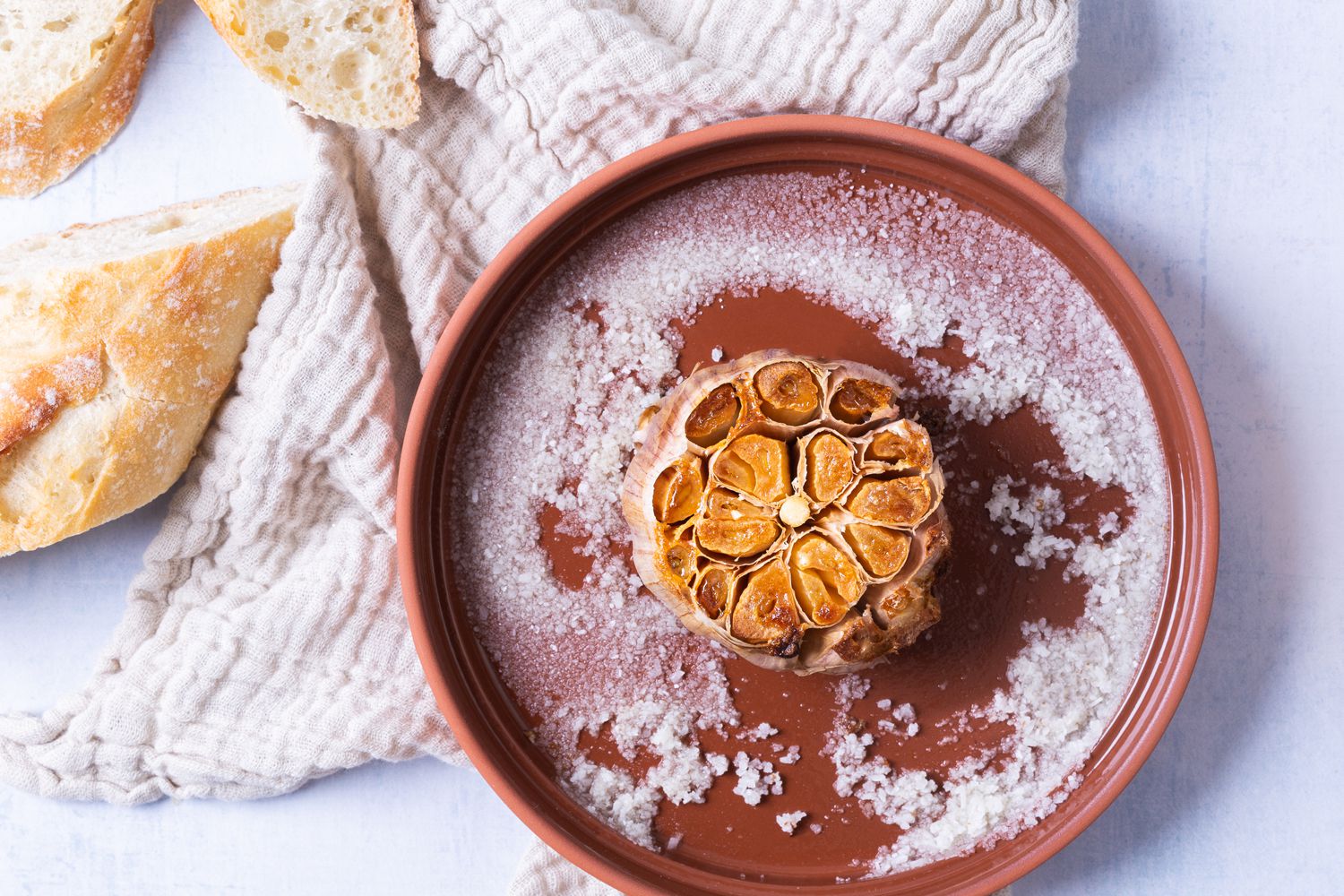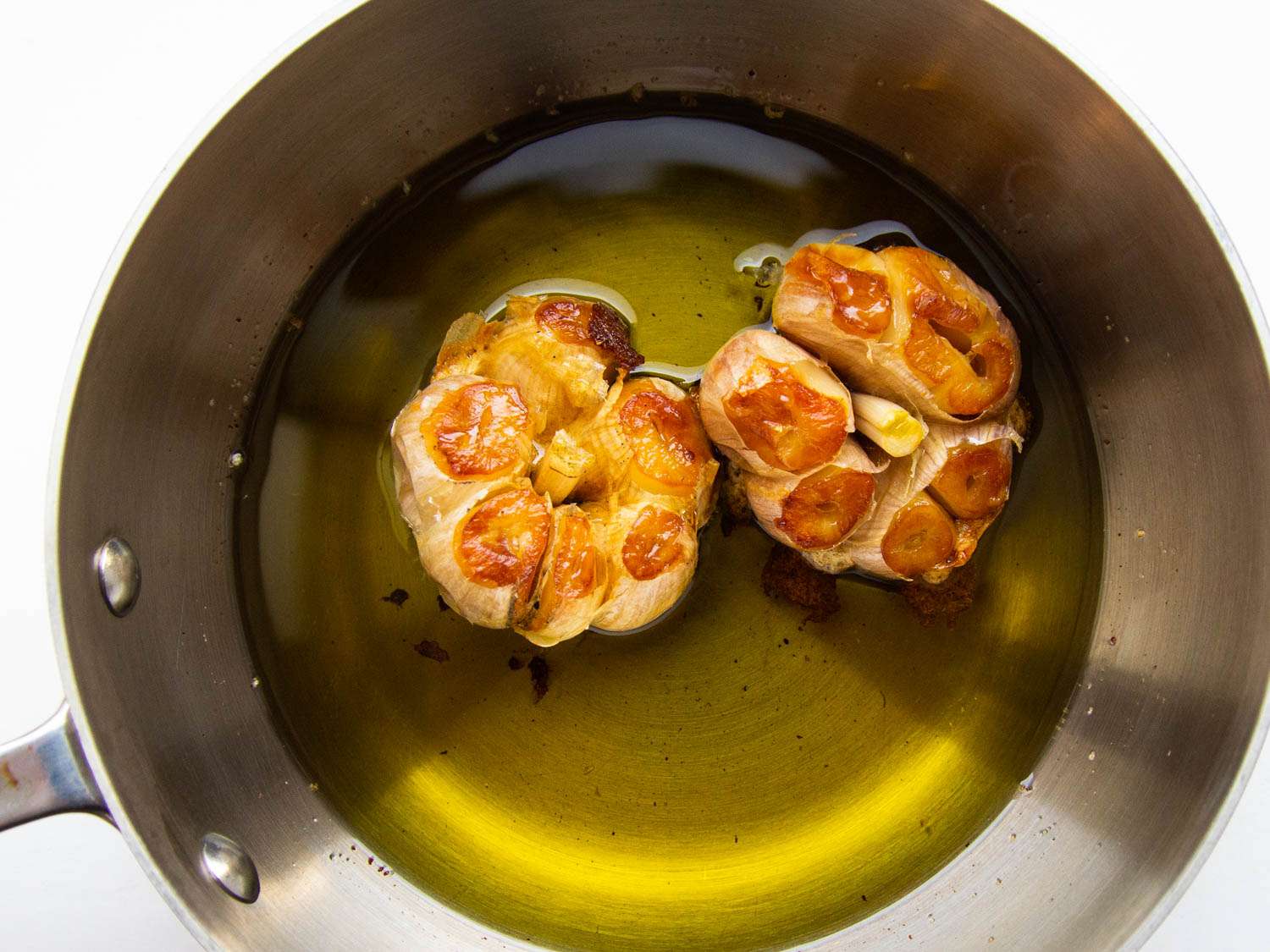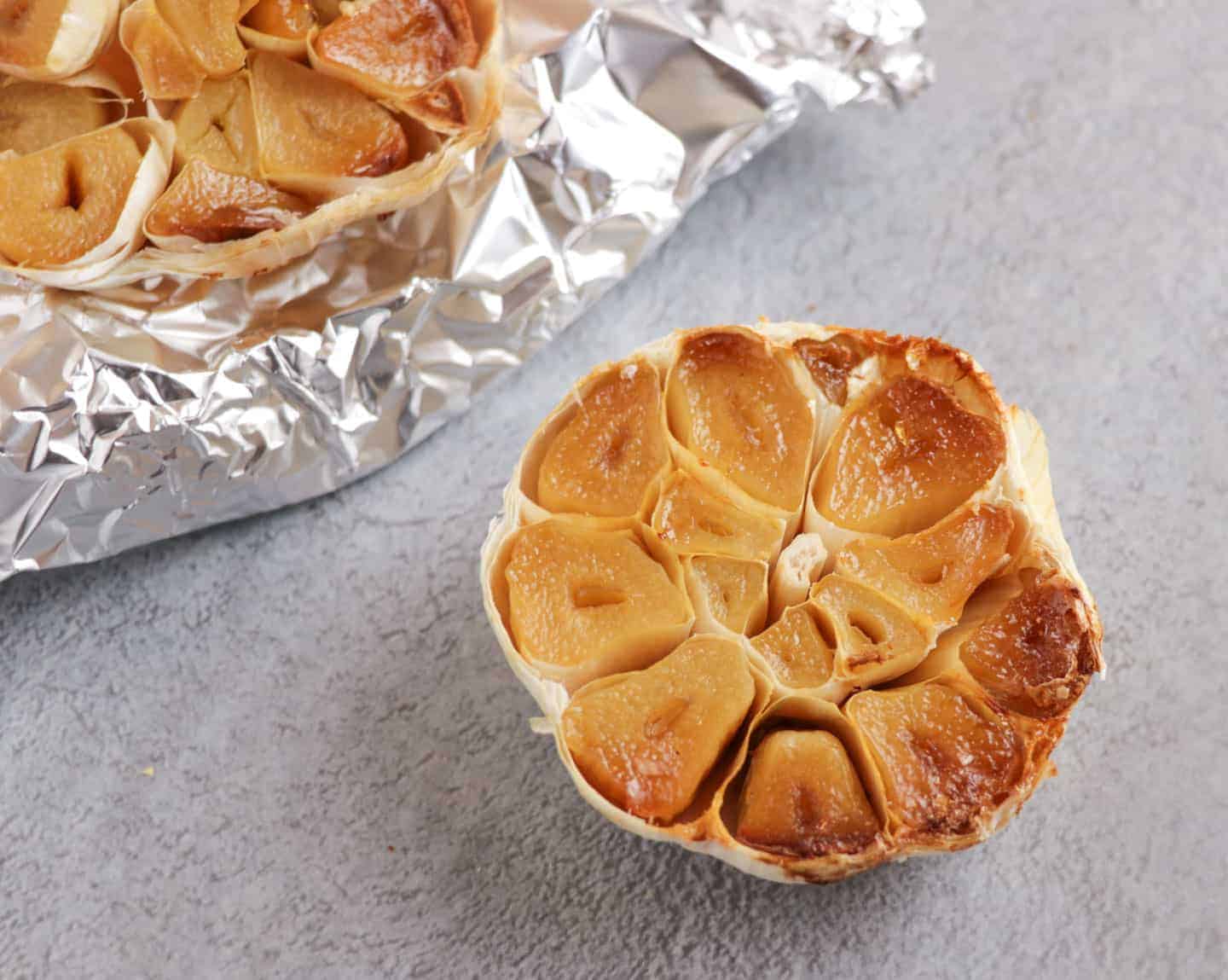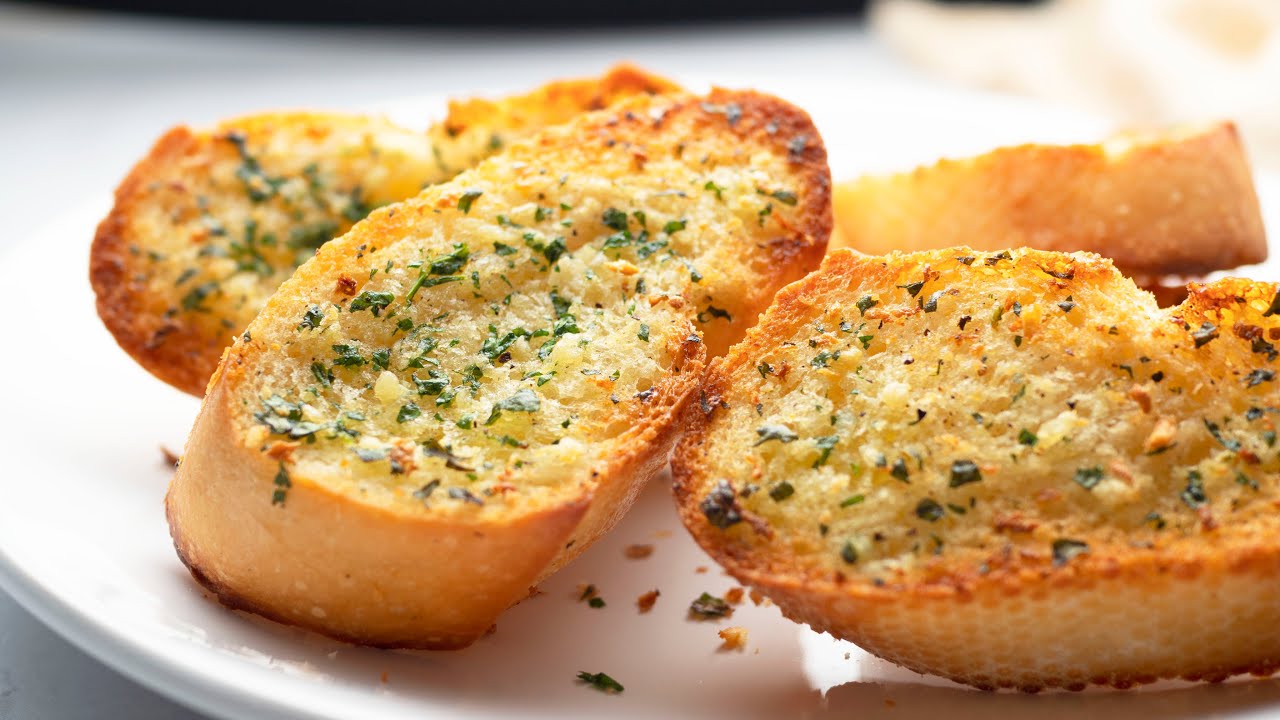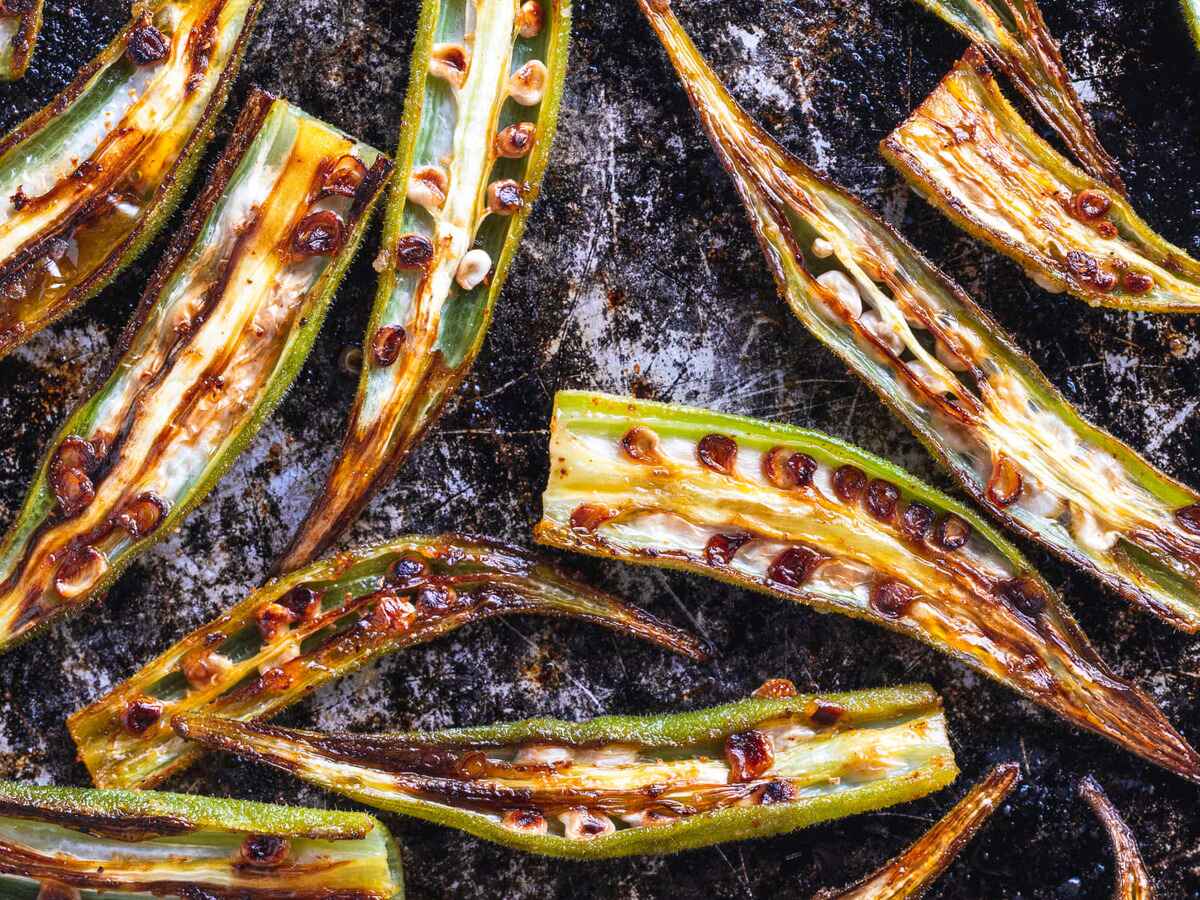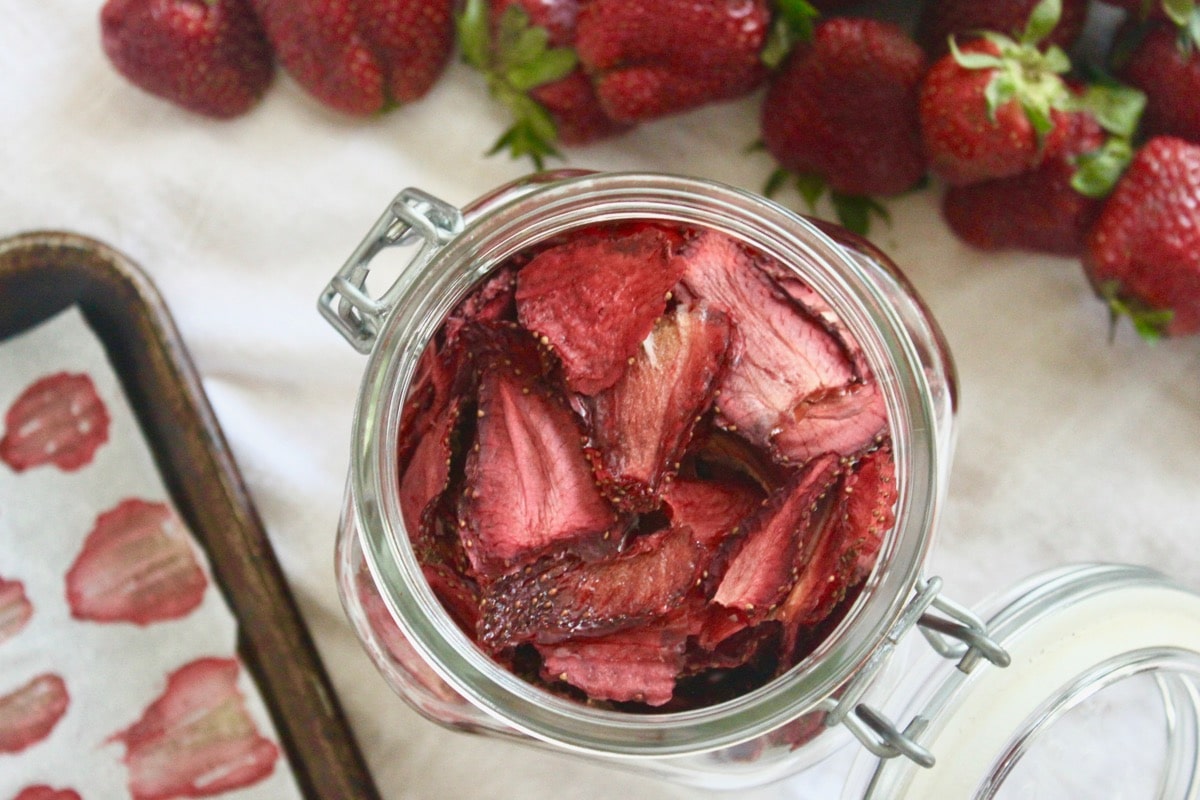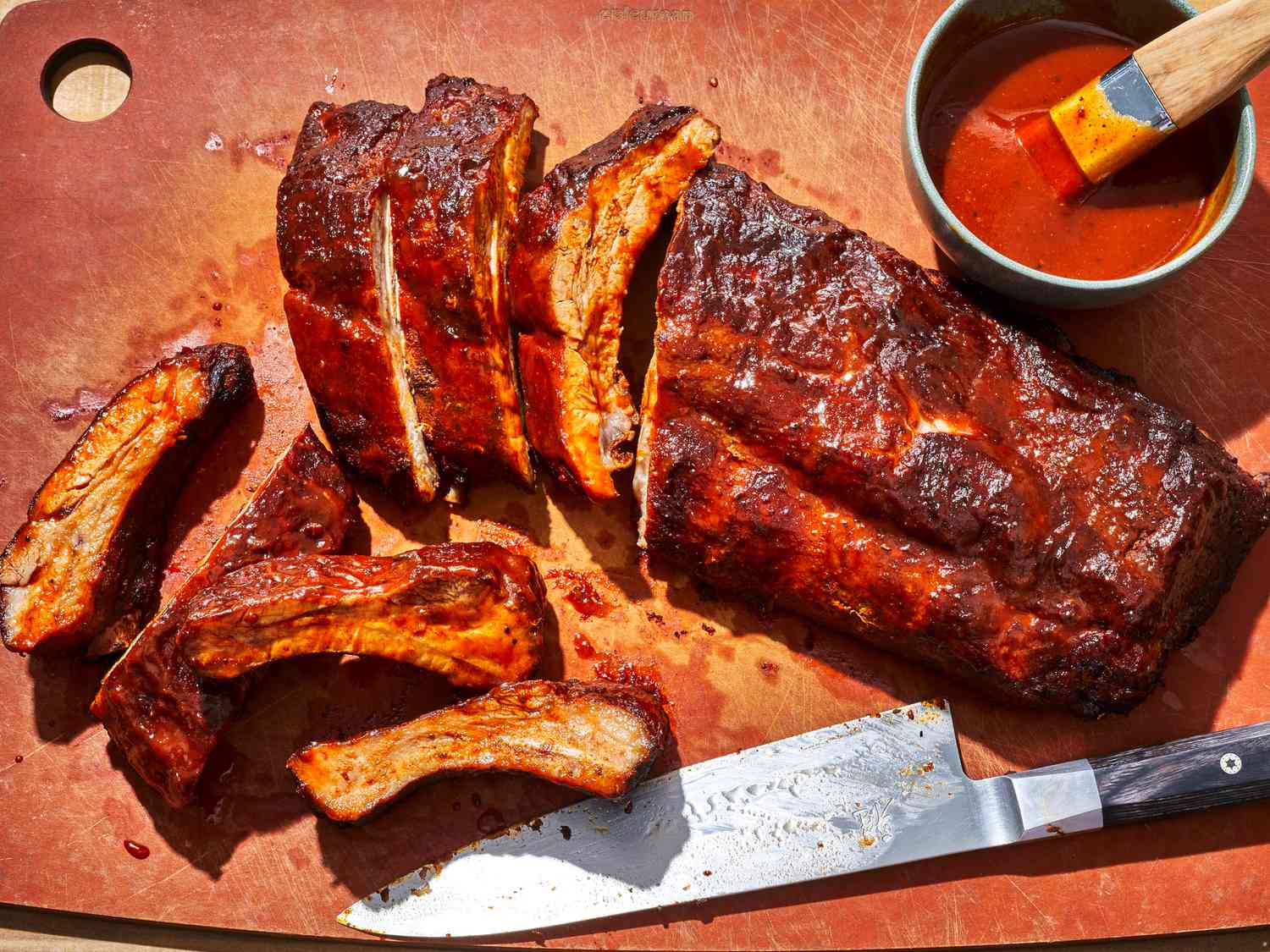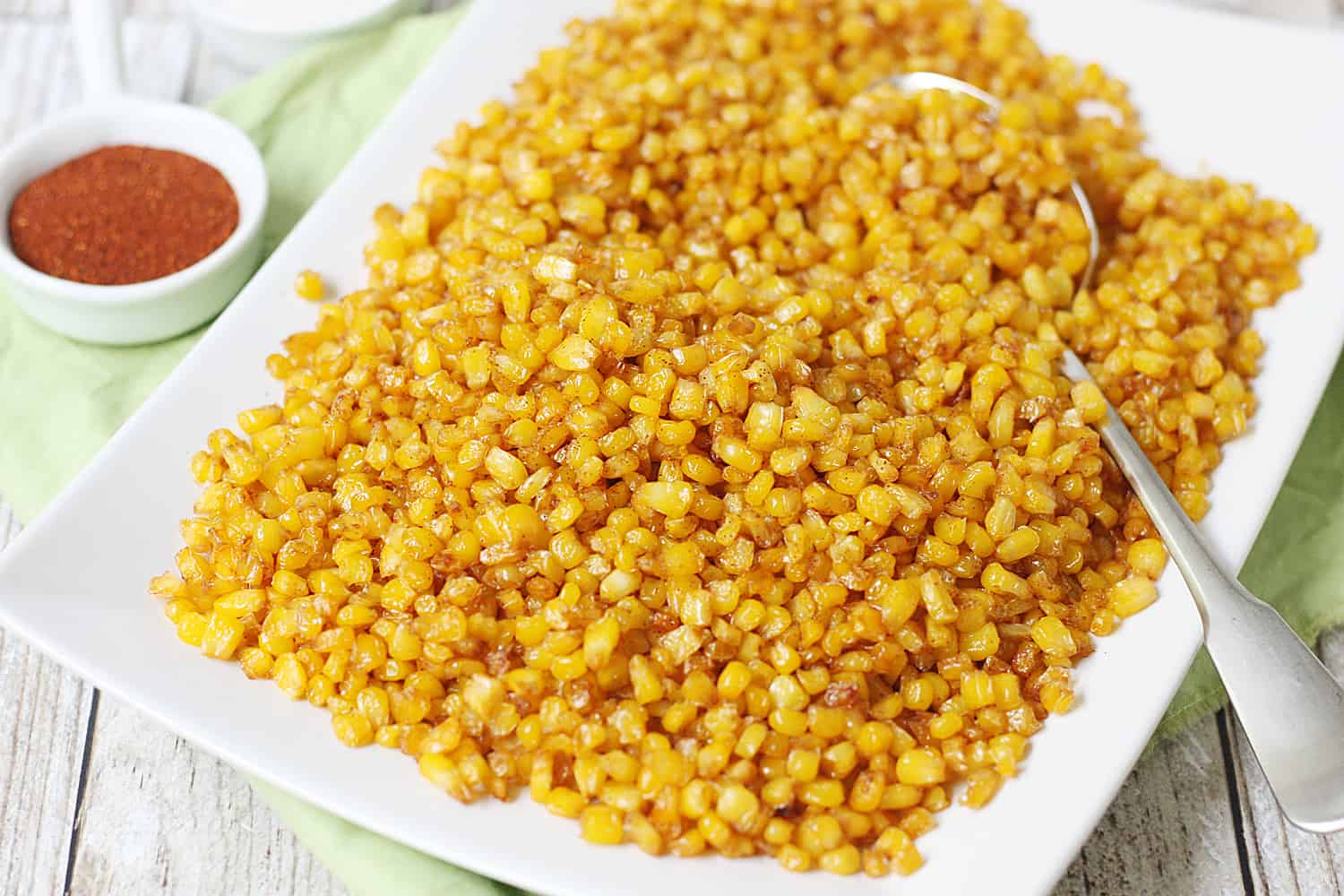Roasting Garlic on the Grill: A Flavorful and Easy Technique
Garlic is a versatile ingredient that adds depth and richness to a wide range of dishes. While it’s commonly used in its raw or sautéed form, roasting garlic on the grill can take its flavor to a whole new level. The process of roasting garlic on the grill is simple and yields a deliciously mellow and caramelized result that can elevate your culinary creations. Whether you’re a seasoned grill master or a novice cook, learning how to roast garlic on the grill is a skill worth mastering.
Preparing the Garlic
Before you can start roasting garlic on the grill, you’ll need to prepare the garlic bulbs. Here’s a step-by-step guide to get you started:
- Choose fresh, firm garlic bulbs with the outer skin intact.
- Using a sharp knife, slice off the top of each garlic bulb to expose the individual cloves.
- Drizzle the exposed cloves with olive oil and sprinkle with a pinch of salt and pepper.
- Wrap the prepared garlic bulbs in aluminum foil, ensuring that they are fully enclosed.
Grilling the Garlic
Once the garlic bulbs are prepped and ready, it’s time to fire up the grill. Follow these simple steps to achieve perfectly roasted garlic:
- Preheat your grill to medium heat (around 350°F to 400°F).
- Place the foil-wrapped garlic bulbs directly on the grill grates.
- Cover the grill and let the garlic roast for approximately 30-35 minutes, or until the cloves are soft and golden brown.
- Check the garlic periodically to ensure that it’s not burning, adjusting the heat as needed.
Enjoying Roasted Garlic
Once the garlic bulbs are beautifully roasted, it’s time to savor their irresistible flavor. Here are a few ways to enjoy roasted garlic:
- Squeeze the soft, caramelized cloves out of their skins and spread them on crusty bread for a simple yet luxurious appetizer.
- Mash the roasted garlic into a paste and mix it into mashed potatoes, pasta dishes, or salad dressings for a rich and aromatic twist.
- Add roasted garlic to soups, stews, or sauces to impart a deep, savory essence to your culinary creations.
Roasted garlic can also be stored in the refrigerator for several days, allowing you to incorporate its delectable flavor into various recipes throughout the week.
Final Thoughts
Learning how to roast garlic on the grill is a valuable skill that can enhance your cooking repertoire. The process is straightforward, and the results are undeniably delicious. Whether you’re hosting a backyard barbecue or simply looking to elevate your everyday meals, roasted garlic is a flavorful addition that’s sure to impress your taste buds. So fire up the grill, grab some fresh garlic bulbs, and get ready to experience the irresistible allure of roasted garlic.
Was this page helpful?
Read Next: How To Roast Goat Meat
